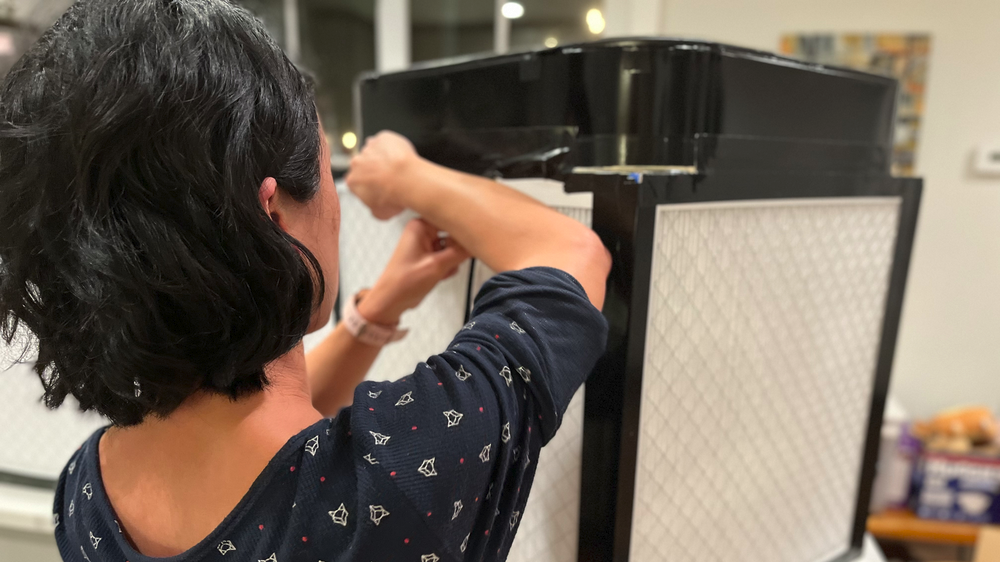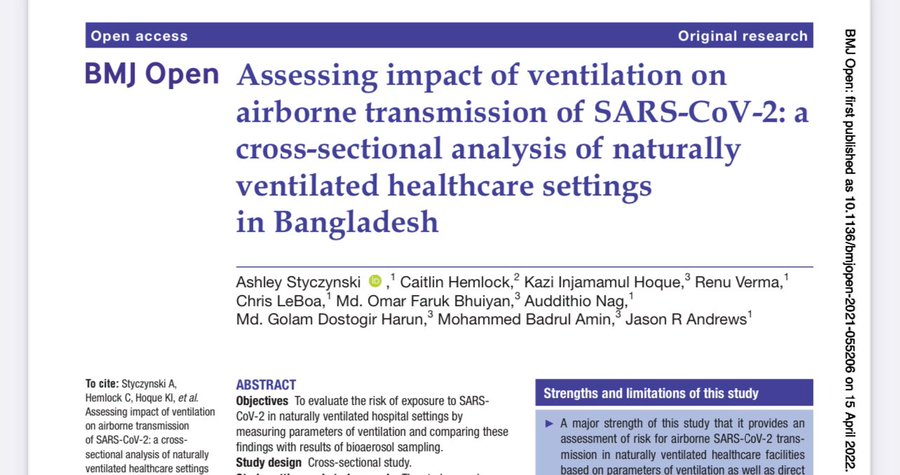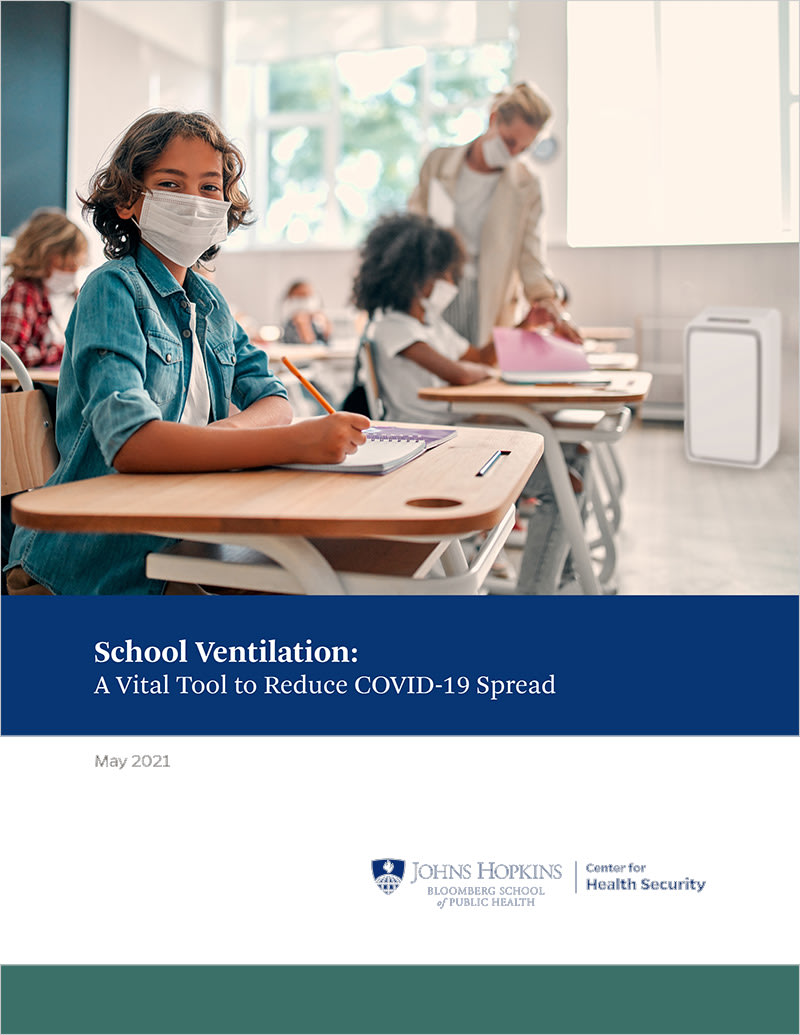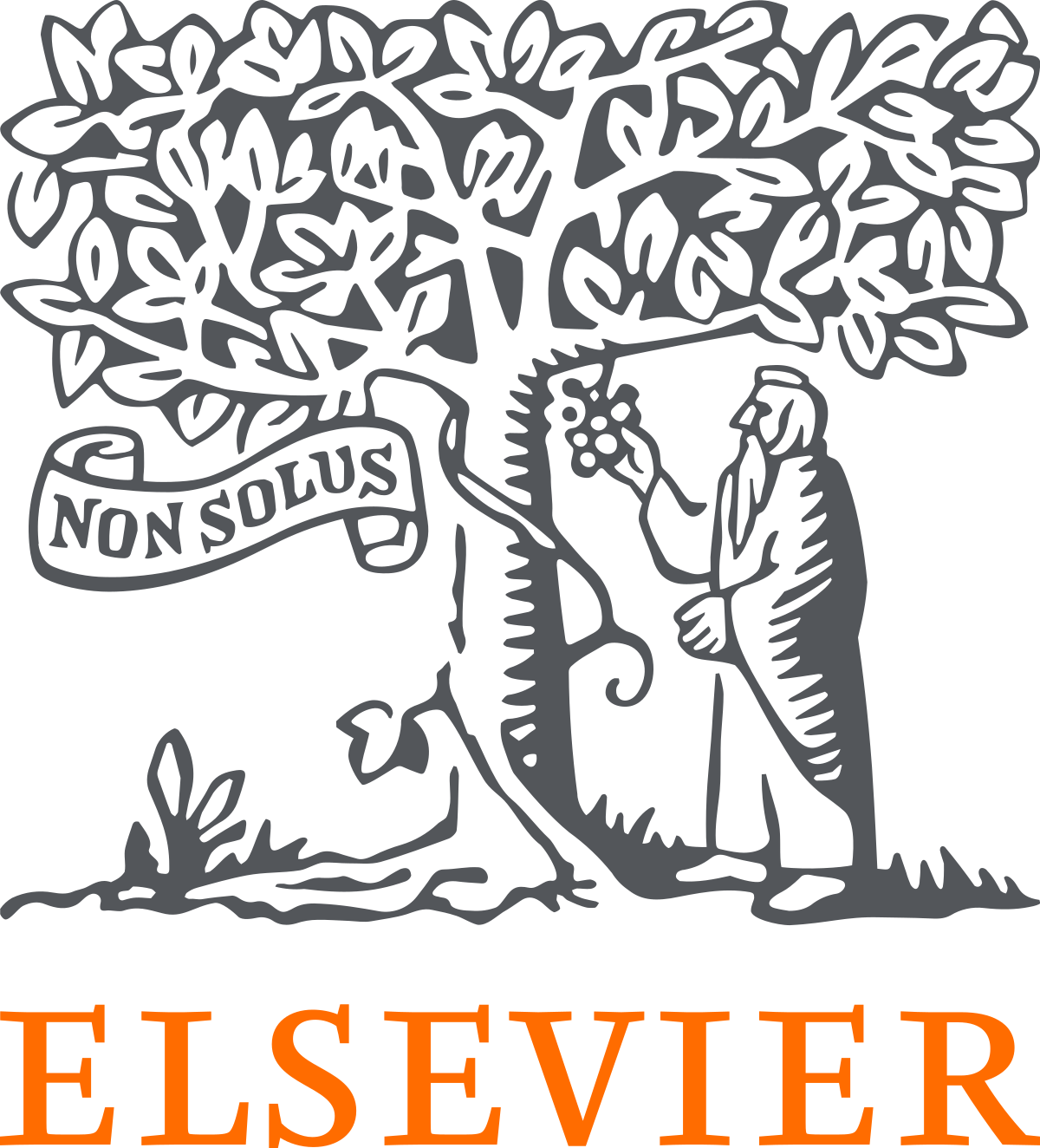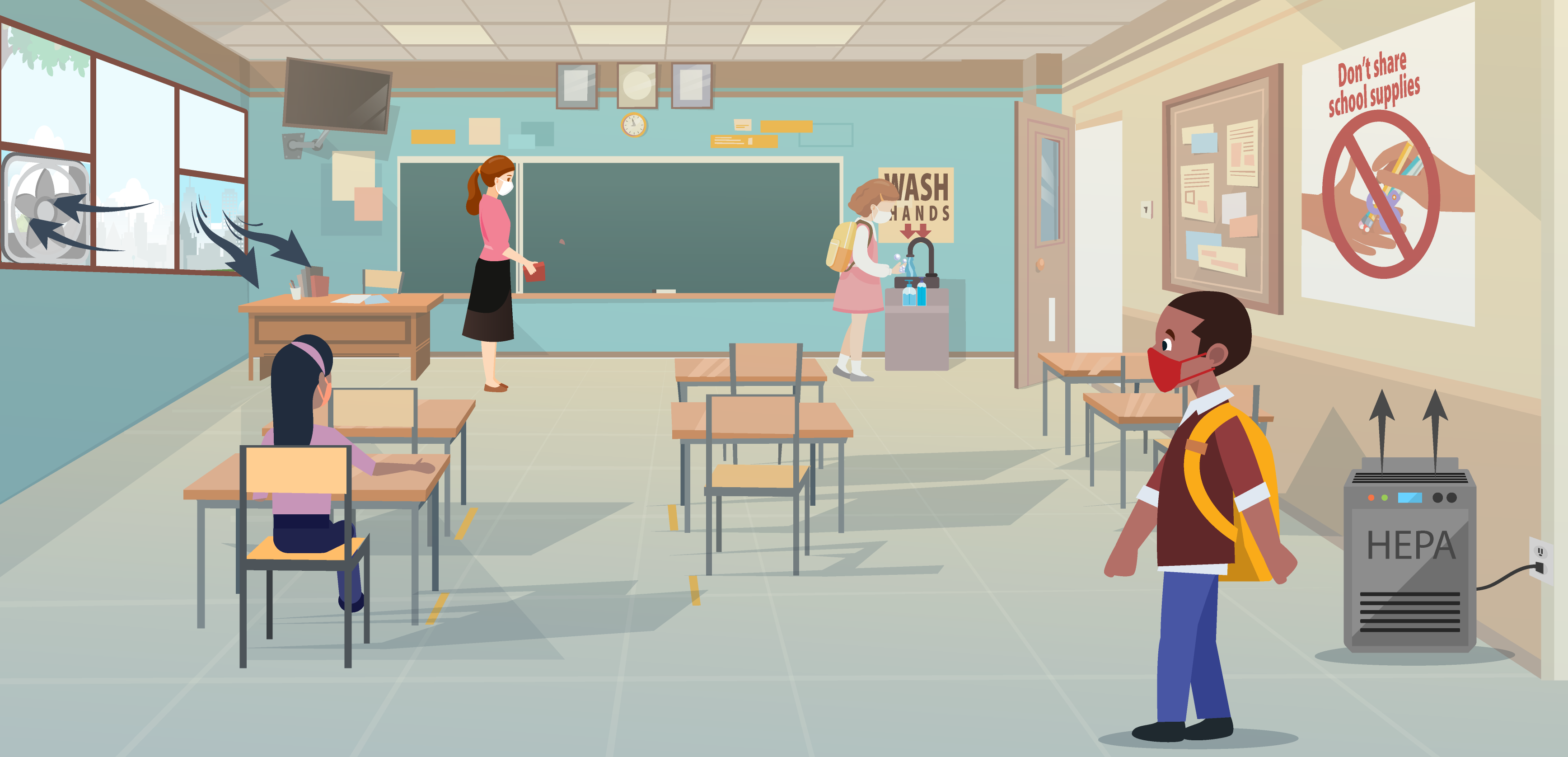Ventilation Resources and Information

Project N95 is dedicated to providing useful information and resources regarding the COVID-19 pandemic. Proper ventilation is one way to protect you and others from the spread of COVID-19.
Improving Ventilation
Many of us spend substantial amounts of time inside. With mask mandates being dropped around the world, there is an increased need to focus on improving indoor air quality. Through proper indoor ventilation, we can reduce the spread of COVID-19 and other respiratory illnesses.
Learn More About Ventilation
See these helpful resources for more information about the importance of ventilation to mitigate the spread of COVID-19.
- CleanAirCrew.Org Airborne pandemic tips and tools. Disclaimer: This is a collection of resources from experts in their fields. We cannot guarantee the accuracy of all information presented or linked here, especially as conditions are always changing.
- WhiteHouse.gov OSTP Blog "Let's Clear The Air on COVID March 23, 2022, By Dr. Alondra Nelson, head of the White House Office of Science and Technology Policy and Deputy Assistant to the President
- EPA Guidance on Ventilation The Clean Air in Buildings Challenge highlights a range of recommendations and resources available for improving ventilation and indoor air quality, which can help to protect the health of building occupants and reduce the risk of COVID-19 spread.
- CDC.gov "Ventilation in Buildings" to advance thought leadership and policy recommendations.
![Reuters - Italian study shows ventilation can cut school COVID cases by 82% [PHOTO]](https://images.ctfassets.net/4f1b2uz8g1t3/2pj0OosDhXtlfBhHqW8pEf/94058350d416dbff07449de69a944b35/NDAFV3KSKBNPDFDK3L6UXDTX4Y.jpg?w=960&h=639&fl=progressive&q=85&fm=jpg&bg=transparent)
